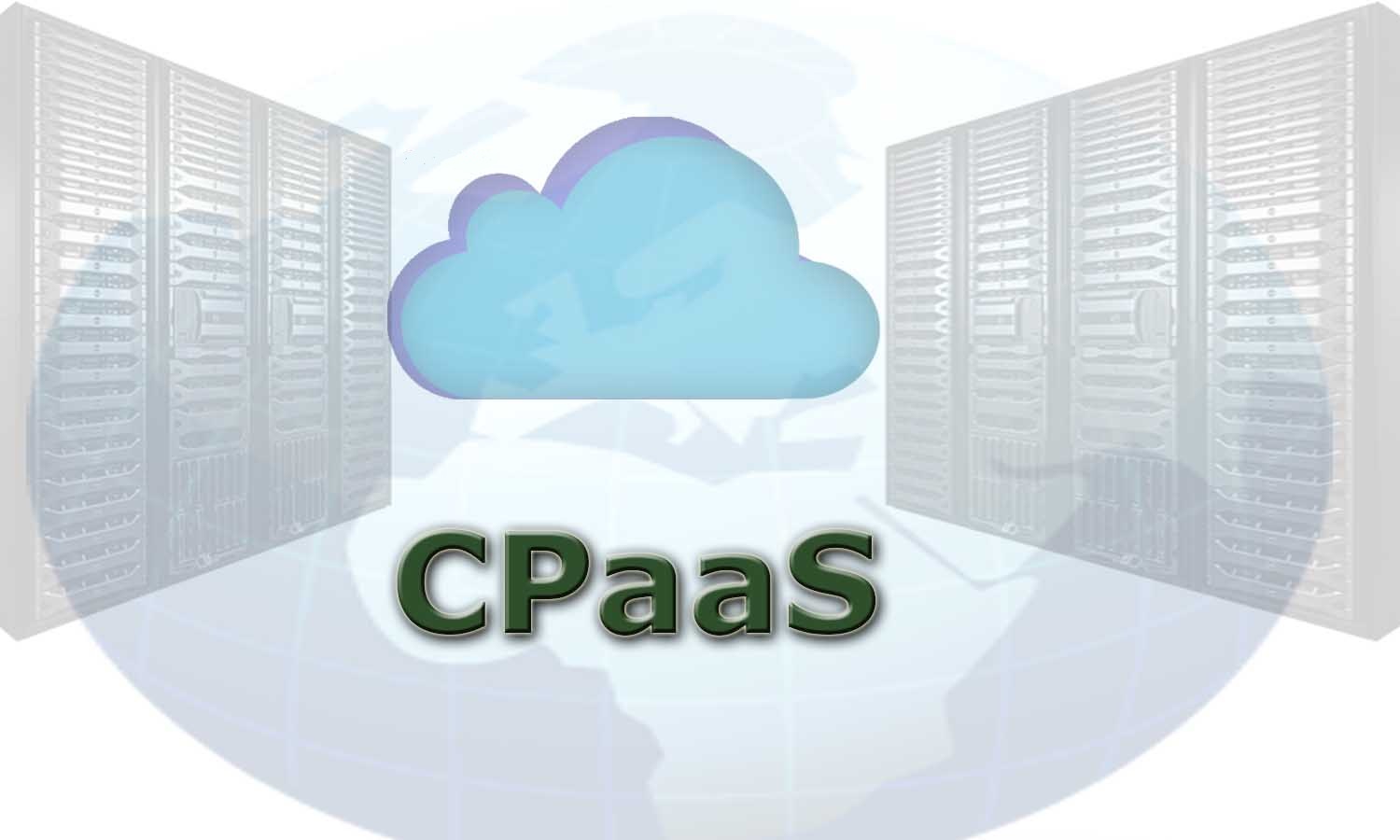Businesses’ digital communications strategies can be vastly improved with the integration of CPaaS solutions. Here’s everything you need to know about CPaaS.
If your business keeps up at all with recent advances in digital communication, you have likely already heard about the advantages of integrating a CPaaS approach with your enterprise.
Never heard of CPaaS before?
No problem.
Even those business owners and CEOs who are lightly familiar with this new approach to business communication are a little rusty on all the facts. To be sure, understanding CPaaS packages and how they work is no piece of cake.
Ahead, we’ll go over what CPaaS is and what you should know about it. Right now, all you essentially need to know is that CPaaS is a way to incorporate pre-built communications into your business. These communications will help engage your customer base and allow them faster, better communications through voice, SMS, video, speech recognition, and chat.
Overall, integrating CPaaS into your organization will bring you more fluidity and flexibility in day-to-day digital operations. It will also reduce your costs and offer more opportunities for seamless scalability.
CPaaS Explained
CPaaS stands for Communications Platform as a Service.Essentially, it is a communications solution that developers use to streamline your business’s lines of communication (including voice, video, chat, SMS, and speech recognition). This communications solution comes in the form of APIs or application programming interfaces.
What Are APIs?
Again, API stands for application programming interface.
Essentially, APIs are what allow one device, program, platform, or application to communicate with another device, program, platform, or application. For example, when you play Words With Friends on your smart phone, you may be prompted with a message asking if you’d like to link your Words With Friends account to your Facebook account. In the end, this would mean that your Words with Friends application was communicating with the Facebook platform.
There are numerous other examples of one device or program communicating with another application or platform, etc. It’s possible you already have some of these types of links going on within your business’s network. This is all the work of APIs, which are used by developers to make these links possible. In this way, some have called APIs a form of “software shortcut.”
When it comes to digital communications(voice, SMS, video, chat, and speech recognition), “An API is essentially just a trust agreement between a caller and a callee,” says Jarom West, Director of Operations at SureTec IT, a Portland OR IT services company. In other words, the API is the intermediary (agreement) between two entities who want to communicate. Think of a communication API like a waiter who goes between the restaurant patron and the kitchen, taking and delivering orders.
What Is CPaaS?
CPaaS again stands for Communications Platform as a Service. This is a type of API — a communication API — that is largely used for messaging, voice, and other forms of communication.
Why should your business want to start integrating CPaaS?
Well, for starters, you should want to start integrating CPaaS into the communications of your business because if you haven’t done so already, you’re way behind. Essentially, using CPaaS solutions is what all the most technologically advanced companies are doing right now to improve and enhance their customer and client experiences.
Let’s take a look at a few examples of how CPaaS solutions can benefit your business. They are useful in basically every type of industry.
- Say you operate a hotel chain. Your customers want to be able to communicate better with the front desk when they have questions or concerns. To do this, developers can integrate CPaaS APIs that allow hotel guests to video call the front desk via an application on their smart phone, which is linked to their reservation and room number.
- Say you operate a restaurant. You want to make it easier for your customers to book more reservations from more online websites. You can have developers use APIs to link your internal reservation system with third-party websites that make reservations online.
What security risks exist with APIs and CPaaS?
CPaaS APIs are sounding pretty good for your business, right?
True! However, there is a catch. By exposing your internal networks, devices, platforms, programs, and more to other devices, programs, etc. via these CPaaS API solutions, you are also opening your business up to an increase in security risks.
Remember how Jarom West said that, “an API is essentially just a trust agreement between a caller and a callee”? West also says that, “abuse usually occurs in the form of the callee not holding up their end of the bargain.” In other words, when you make connections with third-party websites or programs, if their security isn’t tightly squared away, you may be at risk.
How can you avoid this problem?
For starters, make sure that your MSSP is completely on top of your own security. You’ll next want to ensure that the “callee” is taking security measures. Says West: “As the callee, typical security measures would include (common sense) things, like ensuring HTTPS is used, shared secrets are randomly generated, and inputs are sanitized.”
Finally, “If the endpoint (callee) has taken prudent steps to secure things on their end, the remainder of the burden of API security for preventing abuse rests on the CPaaS themselves. Being the service provider, there is an implied amount of trust that they have properly implemented security measures to prevent abuse.”
Ensure all of these things, and you should be able to take full advantage of the benefits that CPaaS APIs can offer your business.
